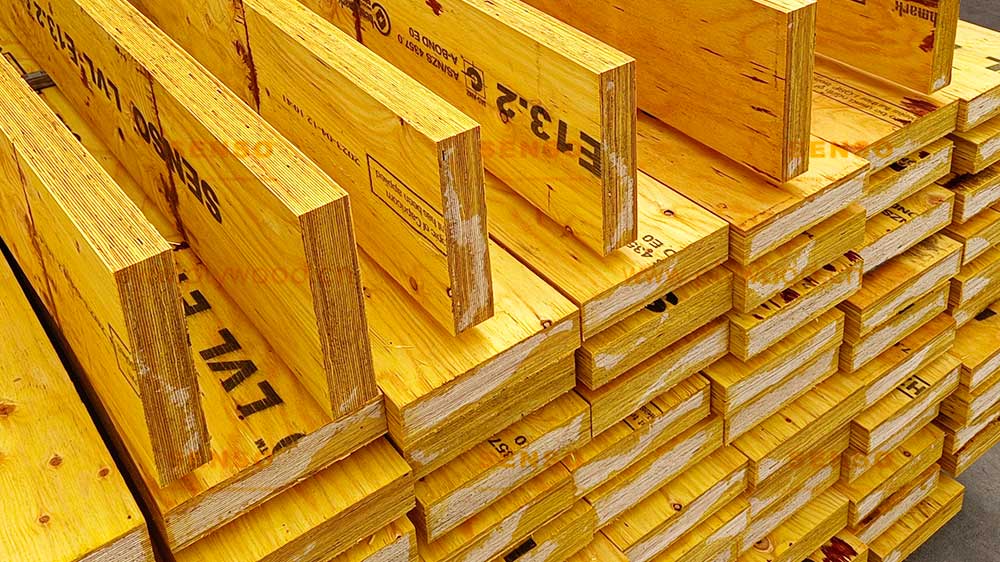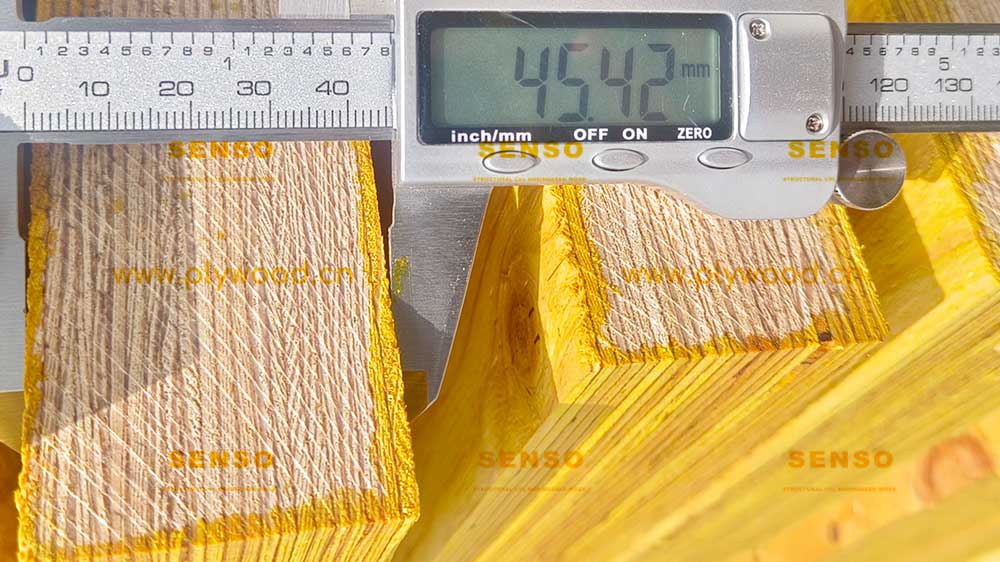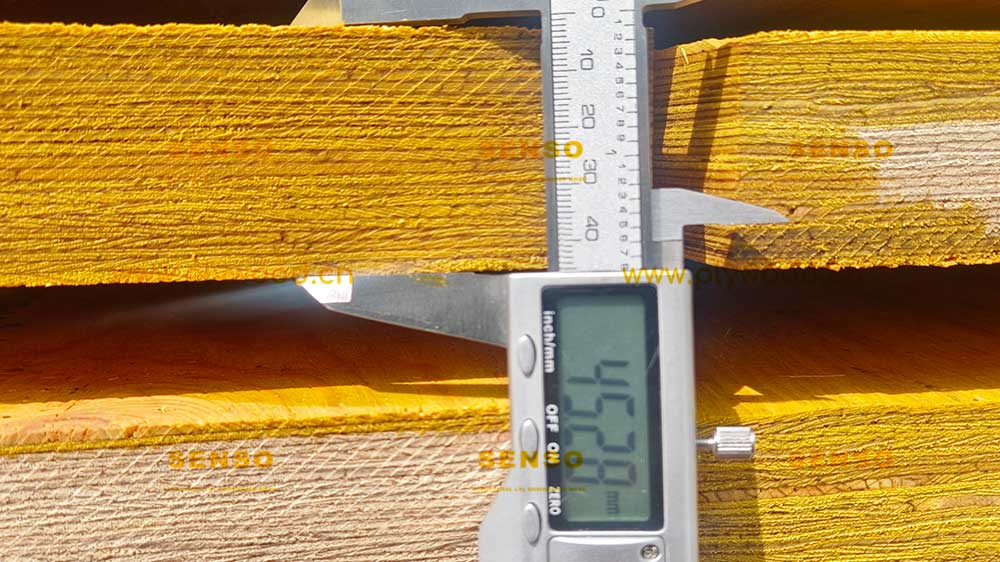What is Beamwood?
Beamwood refers to wooden beams used in construction to provide structural support. These beams, often made from durable timber, are a fundamental component in building frameworks, including roofs, floors, and walls. Beamwood is celebrated for its strength, versatility, and the warm, natural aesthetic it brings to architectural designs.
The Timeless Appeal of Beamwood
Natural Beauty and Warmth
Beamwood adds a sense of warmth and natural beauty to any structure. The unique grain patterns and textures of wood create an inviting and comfortable atmosphere, making it a preferred choice for residential and commercial spaces.
Versatility in Design
Wooden beams can be crafted into various shapes and sizes, allowing for creative and flexible design options. From exposed beams in rustic cabins to sleek, modern timber frames, beamwood can be tailored to suit any architectural style.
Sustainability and Eco-Friendliness
As a renewable resource, wood is an environmentally friendly choice for construction. Sustainable forestry practices and advancements in wood treatment technologies have further enhanced the eco-credentials of beamwood.
Applications of Beamwood in Construction
Residential Homes
In residential construction, wooden beams are commonly used in frameworks, roof trusses, and as decorative elements in ceilings and interiors.
Commercial Buildings
Beamwood is also popular in commercial structures, such as restaurants, hotels, and office buildings, where it adds character and warmth to the design.
Historical Restorations
In the restoration of historical buildings, preserving the original wooden beams is often a priority to maintain the authenticity and integrity of the structure.
Advantages of Using Beamwood
Structural Strength
Wooden beams have excellent load-bearing capacities and can support heavy loads over long spans, making them a reliable choice for structural support.
Insulation Properties
Wood is a natural insulator, and using beamwood in construction can help regulate indoor temperatures and reduce energy costs.
Ease of Modification
Wooden beams can be easily cut, shaped, and modified on-site, providing flexibility during construction and renovations.
Modern Innovations in Beam wood
Engineered Wood Beams
Advancements in engineering have led to the development of engineered wood beams, such as LVL (Laminated Veneer Lumber) and glulam (glued laminated timber), which offer enhanced strength and stability.
Protective Treatments
Modern treatments and coatings have improved the durability of wooden beams, making them more resistant to moisture, insects, and fire.
Integration with Other Materials
In contemporary construction, wooden beams are often combined with other materials like steel and concrete, resulting in hybrid structures that capitalize on the strengths of each material.
Economic Benefits
Cost-Effectiveness
While the initial cost of high-quality beamwood can be higher than some alternatives, its durability and low maintenance requirements can lead to cost savings in the long run.
Increased Property Value
Buildings that feature exposed wooden beams or timber framing often have a higher market value due to their aesthetic appeal and perceived quality.
The Evolution of Beamwood in Architecture
Historical Significance
Beamwood has been a fundamental element in construction since ancient times. From the timber-framed houses of medieval Europe to the post-and-beam structures of traditional Japanese architecture, wooden beams have played a crucial role in shaping architectural history.
Contemporary Uses
In modern architecture, beamwood continues to be a popular choice, not only for its structural capabilities but also for its aesthetic versatility. Architects often use exposed wooden beams to add character and a sense of warmth to contemporary designs.
Future Prospects
As the construction industry moves towards more sustainable practices, the demand for renewable materials like beamwood is expected to rise. Innovations in wood processing and treatment are likely to further enhance the appeal and performance of wooden beams in future projects.
Challenges and Solutions in Beam Wood Construction
Moisture and Rot
One of the main challenges with using wooden beams is their susceptibility to moisture and rot. However, modern construction techniques and protective treatments have significantly improved the moisture resistance of beamwood, ensuring its longevity in various climates.
Pest Infestation
Wooden beams can be vulnerable to pests such as termites and beetles. To combat this, beams are often treated with insecticides or constructed from naturally resistant wood species.
Fire Safety
While wood is a combustible material, advancements in fire-retardant treatments and coatings have made beamwood safer for use in construction, reducing the risk of fire spread.
The Art of Timber Framing
Craftsmanship and Precision
Timber framing is a traditional construction method that involves fitting wooden beams together to create a sturdy frame. This technique requires a high level of craftsmanship and precision, as each beam must be carefully cut and joined to ensure the structural integrity of the frame.
Aesthetic Appeal
Timber-framed buildings are renowned for their beauty and character. The exposed wooden framework adds a rustic charm and visual interest to both exteriors and interiors.
Cultural Significance
In many cultures, timber framing is not just a construction method but also a symbol of heritage and craftsmanship. Preserving and celebrating this tradition is important for maintaining the architectural diversity and history of a region.
Beam Wood in Sustainable Construction
Renewable Resource
As a natural and renewable resource, beamwood aligns with the principles of sustainable construction. The use of sustainably sourced wood helps reduce the environmental impact of building projects.
Energy Efficiency
The insulating properties of wood contribute to energy efficiency in buildings. Using beamwood in construction can help reduce energy consumption for heating and cooling, leading to lower carbon emissions.
Biodegradable and Recyclable
At the end of its lifecycle, beamwood can be recycled or biodegraded, further minimizing its environmental footprint. This makes it an attractive option for eco-conscious builders and developers.
Economic Impact of Beam Wood
Job Creation
The beamwood industry supports a wide range of jobs, from forestry and milling to carpentry and construction. Investing in beamwood construction can contribute to economic growth and job creation in local communities.
Market Trends
The increasing interest in sustainable and natural materials has boosted the demand for beamwood in construction. This trend is likely to continue as consumers and builders prioritize eco-friendly and renewable resources.
Innovations in Beam Wood Technology
Digital Fabrication
Advancements in digital fabrication technologies, such as CNC (Computer Numerical Control) machining, have revolutionized the production of wooden beams. This allows for precise cutting and shaping of beamwood, enabling complex designs and efficient assembly.
Hybrid Construction Methods
Combining beamwood with other materials like steel and concrete in hybrid construction methods has opened up new possibilities for architectural design. These combinations can enhance the structural performance and aesthetic appeal of buildings.
Smart Timber Technology
Research is ongoing in the development of smart timber technologies, where sensors are embedded in wooden beams to monitor the health and performance of the structure. This can provide valuable data for maintenance and safety purposes.
Preserving the Beauty of Beam Wood
Finishing and Treatment
Proper finishing and treatment of wooden beams are essential to preserve their natural beauty and protect them from environmental factors. Various finishes, such as stains, oils, and varnishes, can enhance the appearance and durability of beamwood.
Aging Gracefully
Over time, beamwood develops a patina that adds character and depth to its appearance. This aging process can be embraced as part of the aesthetic appeal of wooden structures.
Restoration and Reuse
Preserving and restoring old wooden beams in historical buildings is an important aspect of architectural conservation. Reusing beamwood in new construction projects is also a sustainable practice that honors the material’s history and character.
The Cultural Significance of Wooden Beam
Symbolism and Tradition
In many cultures, wooden beams are imbued with symbolic meanings and are an integral part of traditional construction methods. Preserving these traditions is important for maintaining cultural heritage.
Community and Craftsmanship
Timber framing and beamwood construction often involve a sense of community and craftsmanship, with skilled artisans working together to create beautiful and enduring structures.
Inspirational Design
The use of beamwood in architecture continues to inspire designers and builders to explore new possibilities and push the boundaries of what can be achieved with this timeless material.
Economic Considerations in Beam Wood Construction
Long-Term Value
Investing in high-quality beamwood construction can add long-term value to a property, as wooden structures are often sought after for their aesthetic appeal and durability.
Cost vs. Quality
While beamwood may have a higher upfront cost compared to some other materials, its longevity and low maintenance requirements can make it a cost-effective choice in the long run.
Supporting Local Economies
Sourcing beamwood from local suppliers can support regional economies and reduce the environmental impact associated with transportation.
Frequently Asked Questions (FAQs)
What is a beam of wood?
A beam of wood, or beamwood, is a structural element used in construction to provide support and stability to a building’s framework.
How much is a beam wood?
The cost of beamwood varies depending on the type of wood, size, and quality. It’s best to consult with suppliers for specific pricing information.
Why use wood beams?
Wood beams are used for their strength, aesthetic appeal, and environmental sustainability. They provide structural support and add character to architectural designs.
Are wooden beams strong?
Yes, wooden beams are strong and capable of supporting heavy loads. Their strength depends on the type of wood and the construction method used.
Are wood beams cheaper than steel?
In some cases, wood beams can be cheaper than steel, especially when considering the overall cost of installation and maintenance. However, prices can vary depending on market conditions and the specific requirements of a project.
Post time: Jun-15-2024




